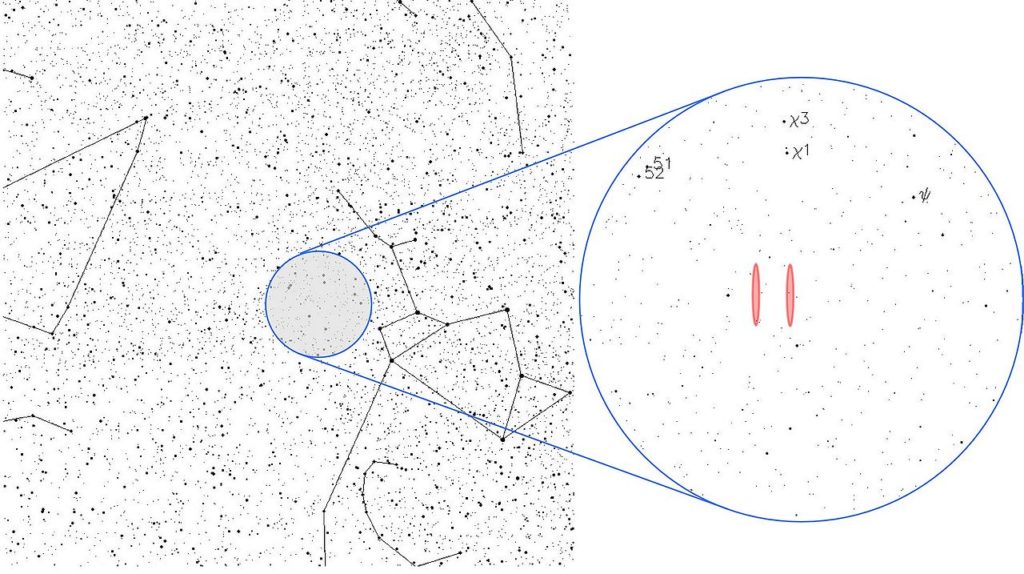ABSTRACT
In 2016, the Center for Planetary Science proposed a hypothesis arguing a comet and/or its hydrogen cloud were a strong candidate for the source of the “Wow!” Signal. From 27 November 2016 to 24 February 2017, the Center for Planetary Science conducted 200 observations in the radio spectrum to validate the hypothesis. The investigation discovered that comet 266/P Christensen emitted a radio signal at 1420.25 MHz. All radio emissions detected were within 1° (60 arcminutes) of the known celestial coordinates of the comet as it transited the neighborhood of the “Wow!” Signal. During observations of the comet, a series of experiments determined that known celestial sources at 1420 MHz (i.e., pulsars and/or active galactic nuclei) were not within 15° of comet 266/P Christensen. To dismiss the source of the signal as emission from comet 266/P Christensen, the position of the 10-meter radio telescope was moved 1° (60 arcminutes) away from comet 266/P Christensen. During this experiment, the 1420.25 MHz signal disappeared. When the radio telescope was repositioned back to comet 266/P Christensen, a radio signal at 1420.25 MHz reappeared. Furthermore, to determine if comets other than comet 266/P Christensen emit a radio signal at 1420 MHz, we observed three comets that were selected randomly from the JPL Small Bodies database: P/2013 EW90 (Tenagra), P/2016 J1-A (PANSTARRS), and 237P/LINEAR. During observations of these comets, we detected a radio signal at 1420 MHz. The results of this investigation, therefore, conclude that cometary spectra are detectable at 1420 MHz and, more importantly, that the 1977 “Wow!” Signal was a natural phenomenon from a Solar System body.
FULL PAPER:
14202017
CONTACT INFORMATION:
DIRECTOR@PLANETARY-SCIENCE.ORG
01 July 2017:
Phase 3 of our research will begin in 2018. This phase will focus on Lyman alpha spectra, brightness of comets, and additional analysis of spectra. We anticipate completion in 2019.
